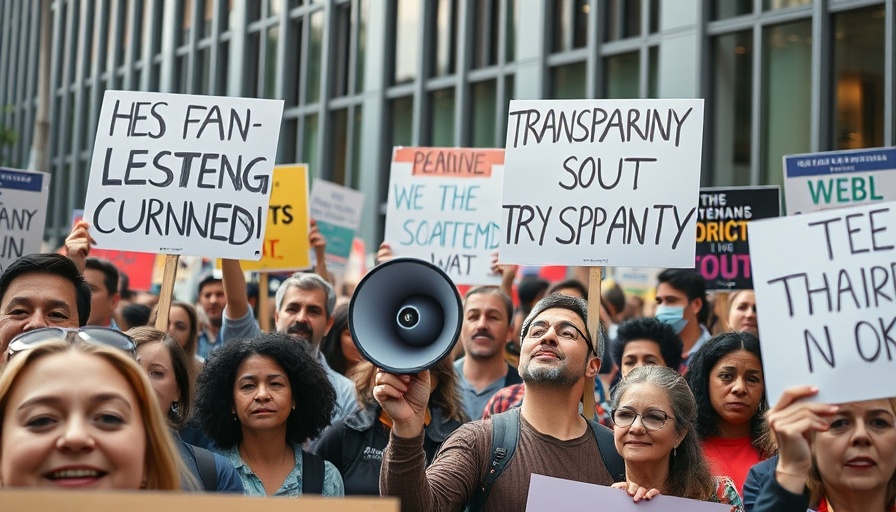
Technology Meets Public Health: A Bold New Initiative
In efforts to protect vulnerable students from hazardous air pollution, a new air quality monitoring app is being developed in the Bay Area. The Bay Area Community Air Quality Map, designed by researchers at the University of California, Berkeley, aims to deliver real-time air quality data, significantly improving upon existing air quality maps. Given that Richmond, well-known for its heavy industrial presence, has an asthma rate of 25%—almost double the state average—this tool addresses a critical need for better health metrics in environmental advocacy.
Understanding Air Pollution's Health Risks
Air pollution is not merely an environmental issue; it’s a public health crisis. Alongside asthma, exposure to air toxins contributes to a spectrum of health challenges, including respiratory illnesses, cardiovascular diseases, and developmental disorders among children. The app's developers, including Kristina Hill and Charisma Acey, highlight the increasing prevalence of serious health conditions, particularly in children who are more susceptible to the damaging effects of air contaminants.
Empowering Communities with Real-Time Data
Equipped with an interactive map, the app draws from data collected by the existing PurpleAir monitor network while enhancing its accuracy. Traditional air quality data often lacked local relevance, but the new app integrates multiple sensors, allowing for consistent air quality monitoring across different neighborhoods. This is especially valuable in communities heavily burdened by pollution sources such as refineries and highways.
Creating a Culture of Awareness and Action
One of the app's goals is to foster a proactive community culture regarding air quality. By encouraging teachers and school administrators to regularly check air quality data, the app hopes to prompt timely decisions—for instance, keeping children indoors during periods of poor air quality or adjusting recreational activities. Marisol Cantú, a project supervisor connected to the Richmond community, emphasizes this cultural shift as vital for residents who live daily with environmental concerns that directly impact their health.
Long-Term Implications of Air Quality Monitoring
While the app is currently in its beta phase, its potential implications for public health and education are immense. Studies have consistently linked poor air quality with long-term health outcomes that can follow individuals throughout their lives. As Kristina Hill notes, understanding air quality data today can prevent irreversible health issues tomorrow, especially among the youth, whose organs are still developing. Strengthening community awareness around air quality is essential for reducing these health risks.
The Power of Community Involvement
The app aims to be community-driven, relying on feedback from local advocates to refine its functionality for maximum impact. This participatory approach not only strengthens community ties but also empowers residents to take charge of their health outcomes. Richmond’s residents, particularly around schools, are already keen on utilizing such technology. “It’s always on our minds,” Cantú shared candidly, emphasizing the intersection of daily experiences with environmental awareness.
Conclusion: A Call to Action
The launch of the Bay Area Community Air Quality Map represents an essential step towards safeguarding student health in polluted regions. Schools and community leaders are encouraged to adopt this tool when it becomes broadly available. Together, we can mitigate the adverse effects of air pollution and foster healthier environments for our children and their futures.
 Add Row
Add Row  Add
Add 




 Add Row
Add Row  Add
Add 

Write A Comment